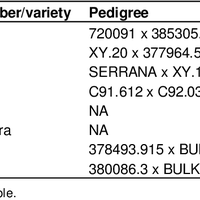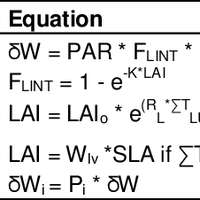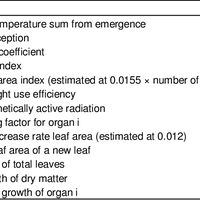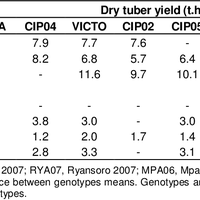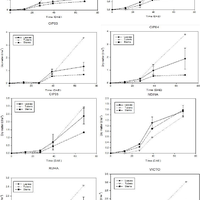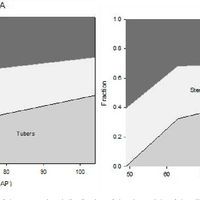Abstract
A version of LINTUL-POTATO model was used in the context of highlands and lowlands of Burundi to calculate a potential yield as limited by meteorological factors only. This potential yield was compared to the yields obtained in field experiments conducted in the respective areas using potato genotypes from International Potato Center (CIP) reported to be adapted to tropical conditions. Deviations of observed yields from potential yield varied with genotype and location. These deviations were used to characterize the behaviour of genotypes and their adaptation to the region. The field observations confirmed that high temperatures decrease the tuber yield and harvest index and increase shoots weight at final harvest and the model simulated correctly these effects. The large variation of yield deviations showed that the genotypes differed widely in the response of their yield to temperature. But other factors than temperature such as differences in sensitivity to diseases, occurrence of pests, fertilization etc., may have played a role. Genotypes suitable for highlands and others suitable for lowlands were identified. Selected genotypes for lowlands (where temperatures are 8°C higher compared to highlands) could be also of great use even in cooler areas where temperature is expected to rise due to global warming. The simulation model showed the extent of further losses of potential yields in lowlands if drought stress is not addressed properly.
Figures
Register to see more suggestions
Mendeley helps you to discover research relevant for your work.
Cite
CITATION STYLE
D, H., J, F. L., & G, R. (2012). Growth analysis and modelling of CIP potato genotypes for their characterization in two contrasting environments of Burundi. African Journal of Agricultural Research, 7(46), 6173–6185. https://doi.org/10.5897/ajar10.781


